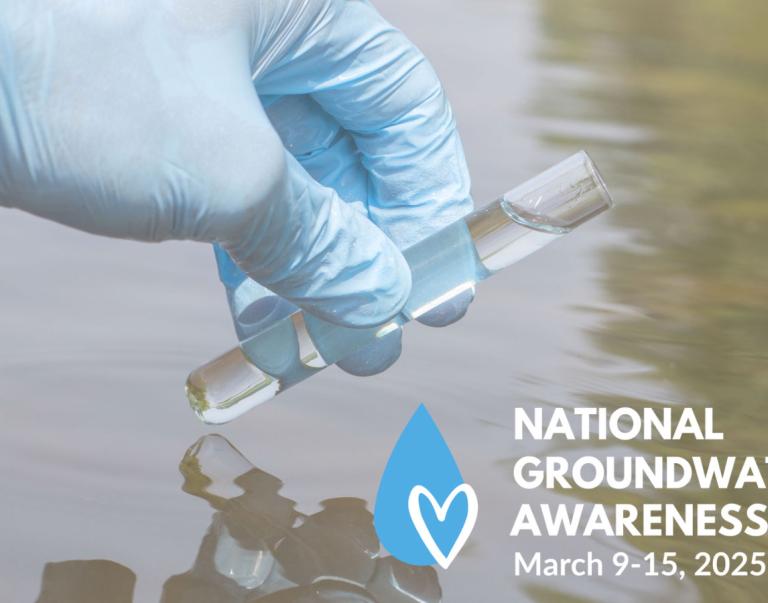When you take a drink of water in this country, chances are pretty good that it came from a reservoir or river that is managed, or that has been treated in a plant funded with support from the Federal government, or whose headwaters are on public land managed by the United States Forest Service or Department of Interior. Every dollar the federal government spends supporting water quality and quantity impacts millions of Americans. Interagency guidelines governing how investments, programs, and policies that affect water resources are evaluated at the Federal level have been updated for the first time since 1983, and published by the White House Council on Environmental Quality (CEQ).
Given the importance of water to USDA programs and our customers, we understand that it makes sense to have the most complete and forward-thinking information available to inform our investment and implementation decisions. That enhances our ability to develop programs and projects that conserve water resources while ensuring taxpayer dollars are well spent. USDA is confident that these new guidelines can enhance our decision-making without adversely affecting how we implement our many conservation programs.
For more than 30 years, USDA has successfully used the 1983 guidelines to evaluate water projects. USDA also understands the benefits to updating criteria to include consideration of additional objectives such as climate resiliency and environmental justice.
The new updated guidelines direct departments, including USDA, to fully consider how water resources investments impact the economy, environment, and society; and avoid conflicts and project delays by including local input at the front end of the planning process. Goals include:
- Enhance Good Government: Enable evaluation of a broader range of long term costs and benefits which will lead to better investment of the taxpayer dollar;
- Problem Solve Early: Promote greater collaboration among Federal partners, States, Tribes and local governments;
- Give Voice to Communities: Allow for consideration of projects that reflect a broader range of economic development;
- Expedite Infrastructure Development: Improve Federal permitting and review of Infrastructure;
- Modernize Project Development: Ensure that Federal investments will protect and restore the environment, reinforce the social fabric of communities, and improve the economic well-being of communities that depend on our water.
In most cases, USDA already performs review processes similar to those being announced. In those cases, there will be no change to USDA procedures. For example, existing processes such as the Forest Service Planning Rule, and the Farm Bill conservation program eligibility and authorities are “equivalent pathways” for the PR&G, thereby enabling many USDA programs to rely on existing processes to meet the intent of the updated guidelines. In other cases, USDA has worked with the Council of Environmental Quality to streamline implementation of the PR&G.
We have listened to, and will continue to listen to stakeholders as these guidelines are put into place. These provisions do not apply to research, regulatory actions or emergency assistance to producers or communities. They also carry a “high dollar threshold,” meaning many smaller projects will be exempt. All in all, we expect the PR&G to improve our systems with little impact on participating partners (and in fact, no impact whatsoever on many of our projects).
Moving forward, USDA agencies will prepare agency specific guidelines for implementation of the PR&G. We will continue to work with our stakeholders during the period leading up to implementation.
For more information on the PR&G, the process and past steps, please visit: http://www.whitehouse.gov/administration/eop/ceq/initiatives/PandG/
To review all public comments for both the P&R and IG, please visit: http://www.whitehouse.gov/administration/eop/ceq/initiatives/pandg/comments



